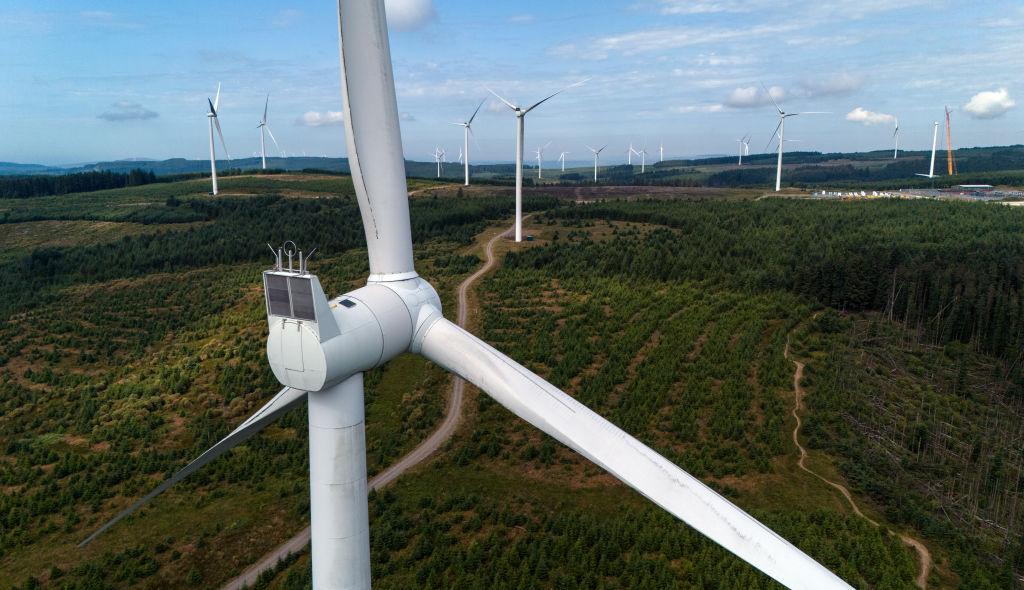An energy consultant says transitioning Australia’s energy network to net zero with only renewables will cost 10-20 percent more than a combination of nuclear, biomass, and energy technologies.
At a recent parliamentary inquiry into Australia adopting nuclear energy, Geoff Bongers, director of Gamma Energy Technology and a professor at the University of Queensland, spoke about the trade-off between decarbonising, and continuing with traditional fossil fuel sources.





